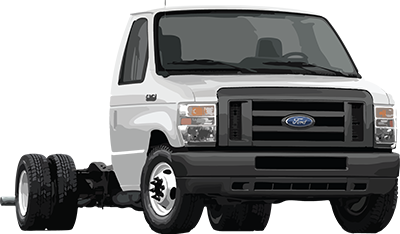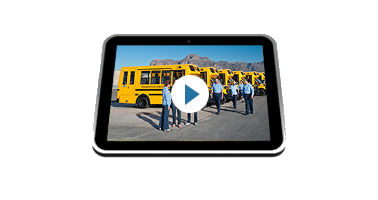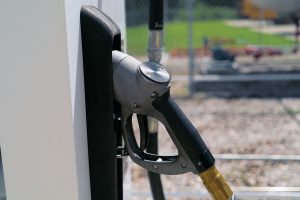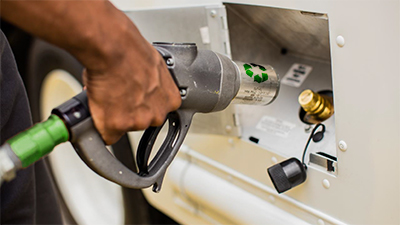Delivering a Decade of Change

The cusp of a new decade is a good time to survey the landscape. Two critical challenges on the horizon are sustainability and the reduction of harmful emissions. All of us, including business leaders, can play a key role in effecting significant change.
Still, according to a recent study that asked CEOs about sustainability strategies, respondents said that investing in long-term strategic objectives can succumb to pressure from extreme cost-consciousness. The study, called “The Decade to Deliver: A Call to Business Action,” reports that only about half of CEOs who responded are deploying low-carbon and renewable energy and are decarbonizing their supply chains. Only half see a net-zero future for their company by 2030.
Tracking the shifts
Two forces that could move corporate America toward solving environmental problems are competition and changing policies.
In terms of competition, some companies are using sustainability as a key advantage; finding that it improves efficiency, innovation and growth. A fleet that adopts alternative fuel vehicles, for example, can cut costs, improve safety and save on maintenance labor (in that respect, maybe the survey should have also asked for responses from CFOs and COOs). The move is good for the bottom line and provides the added bonus of significantly decreasing greenhouse gas emissions. The switch to electric, propane autogas or compressed natural gas (CNG) would give that fleet a competitive advantage.
Policy changes need to be watched closely, too. About a dozen countries and 20 cities around the world have proposed banning the future sale of passenger vehicles powered by fossil fuels such as gasoline and diesel. Can you foresee how this kind of shift in the marketplace might affect you and your fleet in the next decade? Since the average fleet vehicle ranges from five to seven years in service (in some cases much longer), it’s a reasonable and realistic consideration for the profile of your fleet.
Partnering for sustainability
Once you consider the benefits your company can reap from a sustainability plan, your next move is to create your own. It can include a range of goals, from company-wide recycling to employee carpooling to energy-efficient office spaces. For fleet owners, vehicles obviously must be part of the equation as well.
You can weigh vehicle options by researching available models, prices, safety information and fueling infrastructure requirements. Ask fleet owners who have made the switch for their feedback. Compare total cost of ownership using an online calculator, like the one found on the Roush Clean Tech site.














